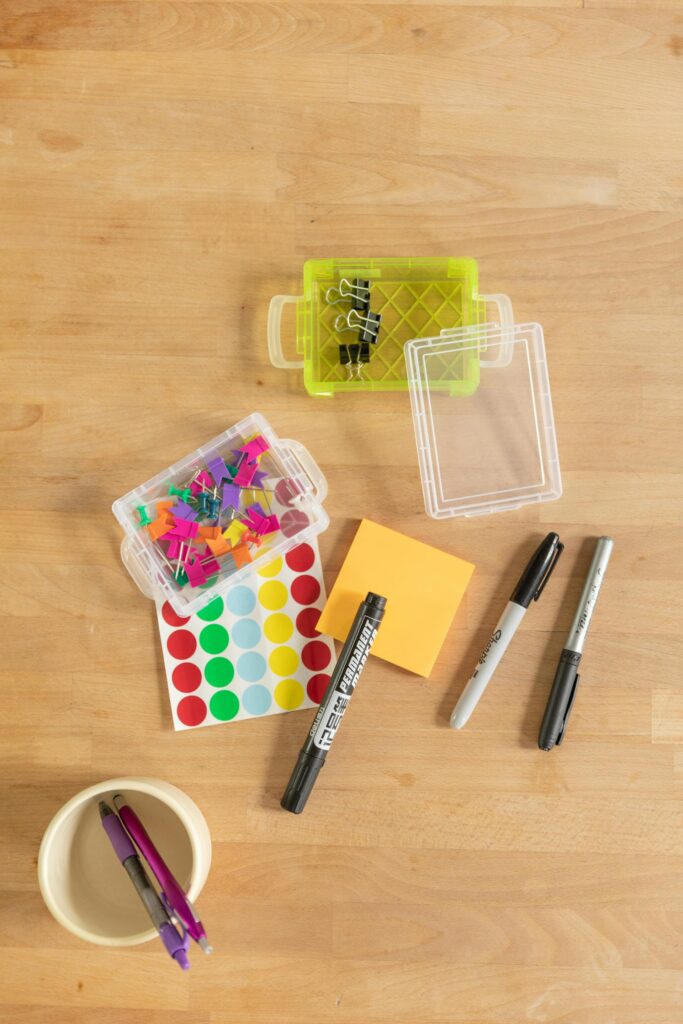How to Do a Spending Assessment
One of the essential parts of preparing for my no buy in 2024 was to assess the way that I was spending money prior to the no buy. If you have never done a spending assessment, I highly recommend it! When I did it for the first time, several years ago, I was pretty much terrified to see where my money was going. I knew I wasn’t saving as much as I wanted and I was spending more than I should be but actually seeing those numbers is really humbling. If you have any shame related to your spending or shopping habits, you will have to be willing to push through that shame and understand that there’s nothing wrong with the way you have been doing things. It’s your money, you can do whatever you want with it! You just want to make sure that your money is going where you want it to go. To do that, you first have to know where it’s going.
I try to do a spending assessment at least once a year. This is also helpful because sometimes your bills change or maybe you pay something off, so you need to adjust things.
I’m going to give you a quick overview of how I approach this process. You can do it differently if that works better for you. The most important thing is that you are actively engaging with your finances, especially if you are money avoidant or fearful of it.
Step 1 – Download your bank and credit card statements
If this is the first time you’re doing this, or the first time in a while, download the last 3 months worth of bank and credit card statements. They’re a lot easier to read than just scrolling through your bank account. Plus, you won’t have to worry about getting logged off for inactivity. You can print them out if you’re old school like me – I just like having something in my hand that I can use a highlighter on – or you can just look at them on your phone/tablet/computer/whatever.

Step 2 – Sort Things Into Categories
These categories will be different for everyone but I like to have a couple broad categories to help me see where my money is going. I use categories like “makeup and skincare” “clothes and accessories” “medical and health” “groceries” “gas” “household items.”
Hopefully you already know things like your reoccurring monthly expenses like rent/mortgage, electric, gas, water, insurance, etc. If not, you should start with those before moving on to elective spending.
Step 3 – Add it All Up
Once you have everything in the broad categories, add each category up. If you have access to Excel, then you can opt to copy and paste everything from you statements into Excel when sorting into categories. That way, Excel can add it all up for you quickly. If not, you can do it manually, it just takes a little longer.
This is the part where the shame might hit you. Remember you don’t have to do this all at once. If you need to take a break, take a break just be sure to come back to it. Spending more mindfully is responsible and you’re doing the right thing, even if it scary or upsetting.
Step 4 – Assess
Now you can look at how much you’re spending and decide if you want to change anything. For example, if you see that you’re putting $600 worth of non-essential items on your credit card but you’re only paying the minimum monthly payment, you will probably want to make some changes. If you’re spending $400 going out but only putting $200 in your 401K, you can decide if that aligns with your goals. If you’re 22 then maybe that’s fine, if you’re 42 that needs to change. If you thought you were spending about $100 a month on makeup and skincare but you’re actually spending $300 you can decide if something needs to change. There’s no right or wrong to this, it’s about what works best for you, your income, your budget, and your goals.
Step 5 – Make Changes
Now you can decide where to make changes, if you want to. There may be some streaming services you want to cancel or you might want to sign up for level billing for your water or electricity if you aren’t. It might make sense to look for more affordable insurance if you realize that your insurance is much more than you thought it was.

Why Do A Spending Assessment
You might be asking, why would I do a spending assessment if I am planning to do a no buy year? What’s the point? It is a good idea to know where your money is going in general. If you are going to have rules and exceptions, you have to base that on something. It is also not easy to do a no buy year. I found that seeing where I was spending my money helped to motivate me and give me resolve to do a no buy year, even though it sounded nearly impossible.
You may not be interested in a no buy year and just want to get a better idea of what you’re spending. Now that it seems that everything has gotten more expensive, many people are looking for ways to cut back and save money. Whatever your reason, it’s never a bad idea to be mindful about your money!
